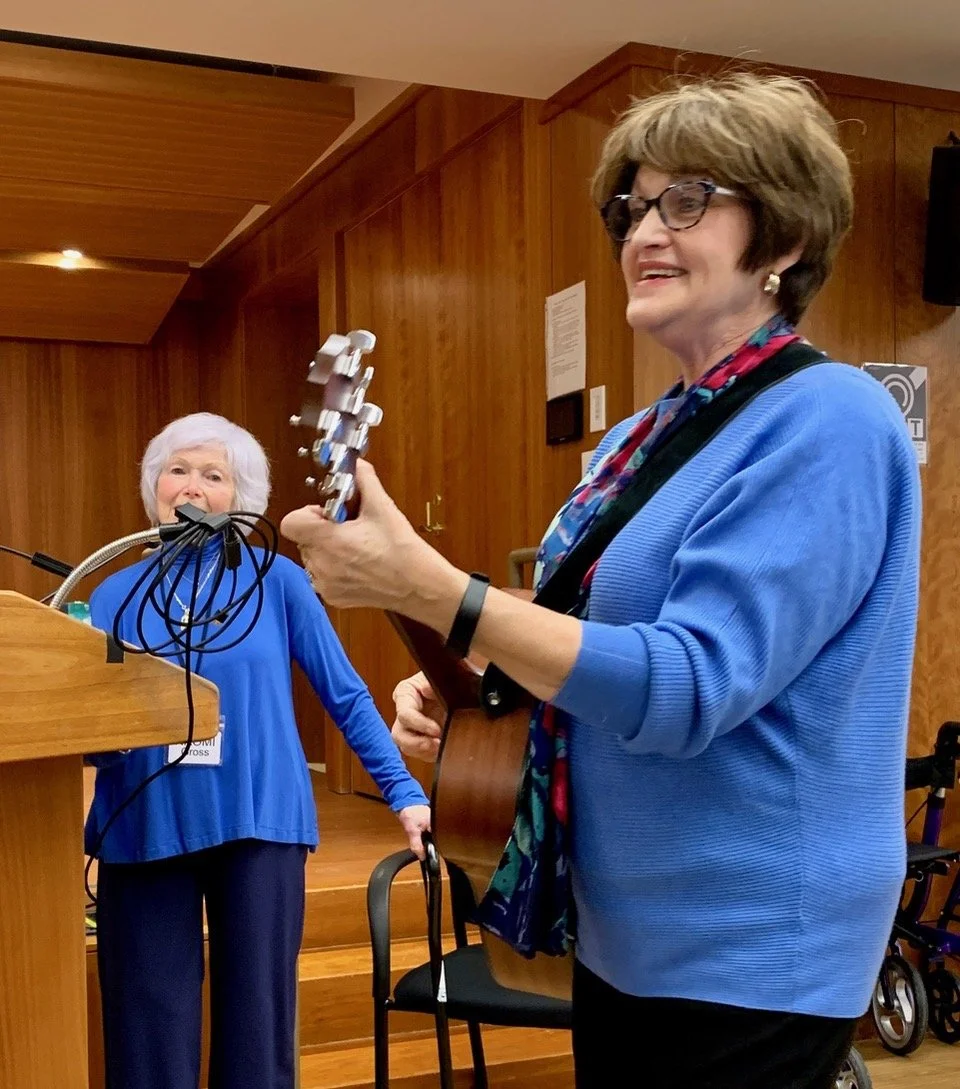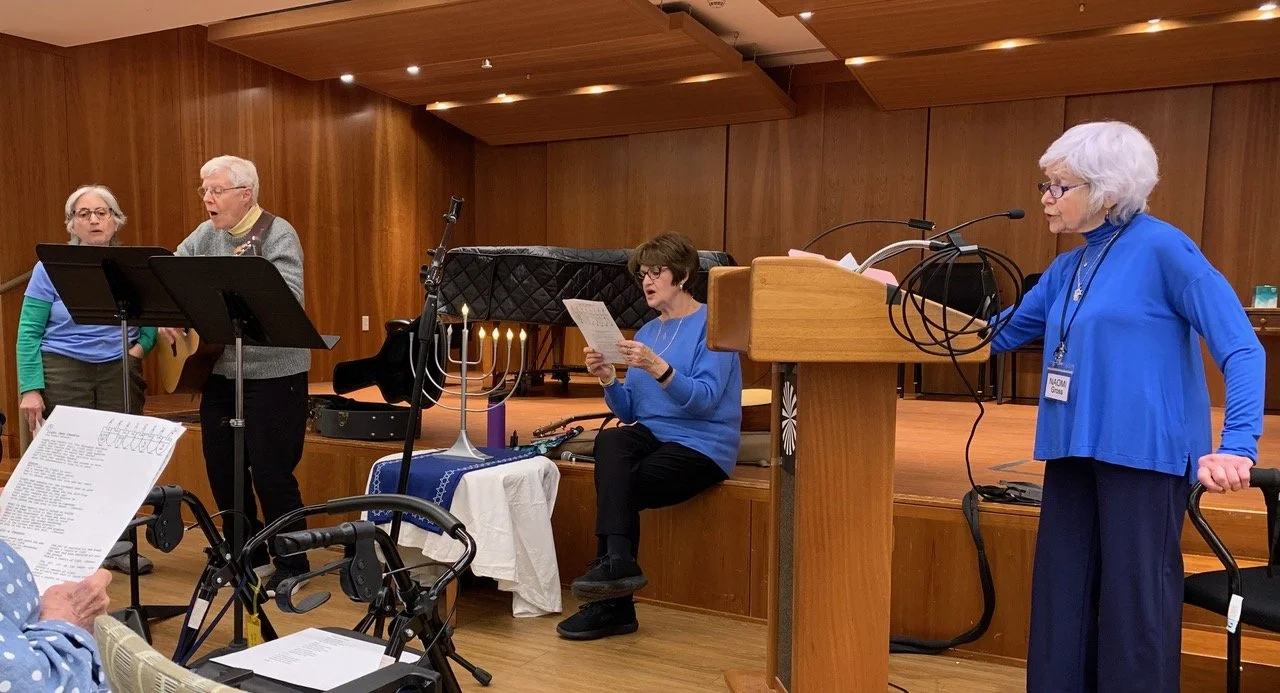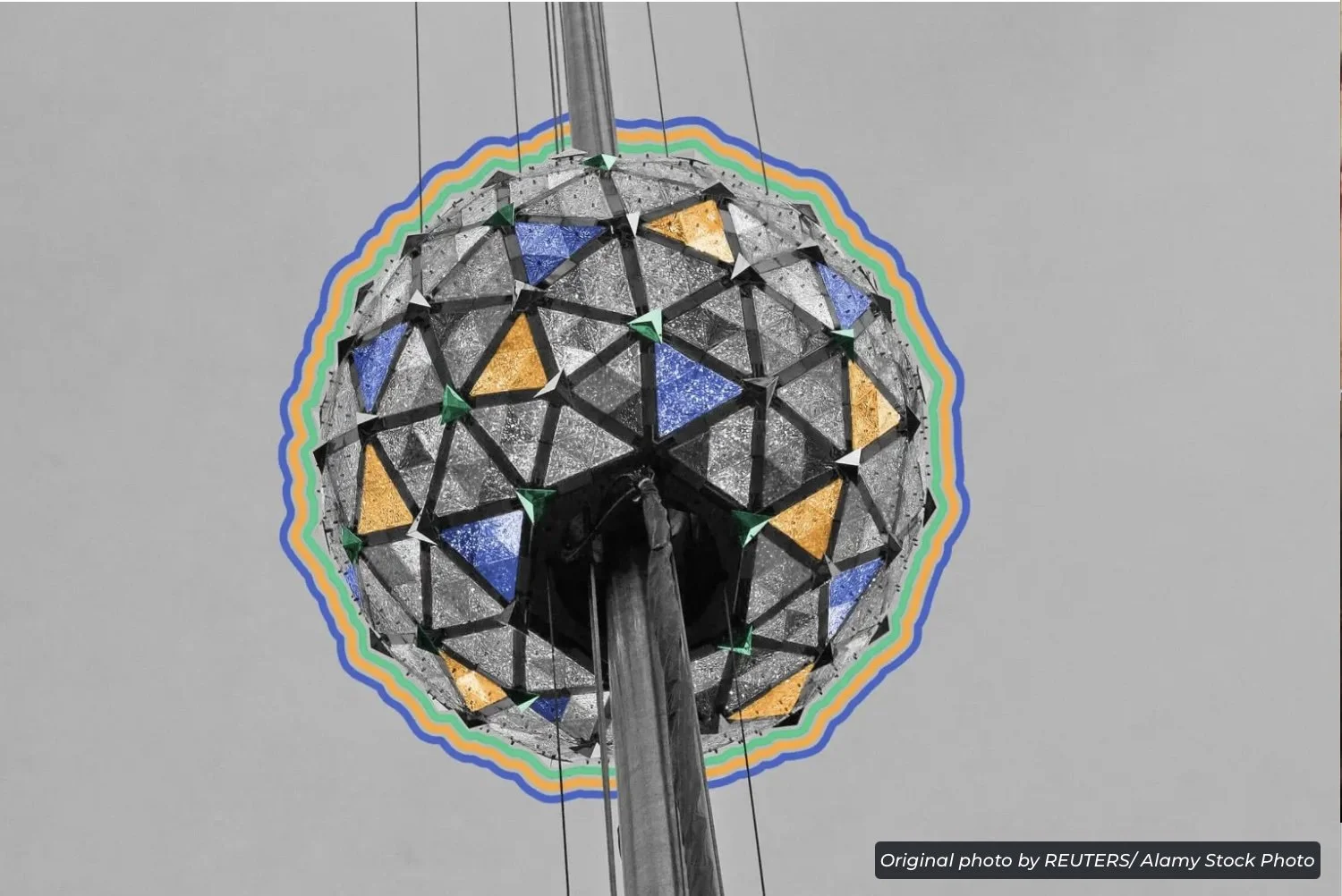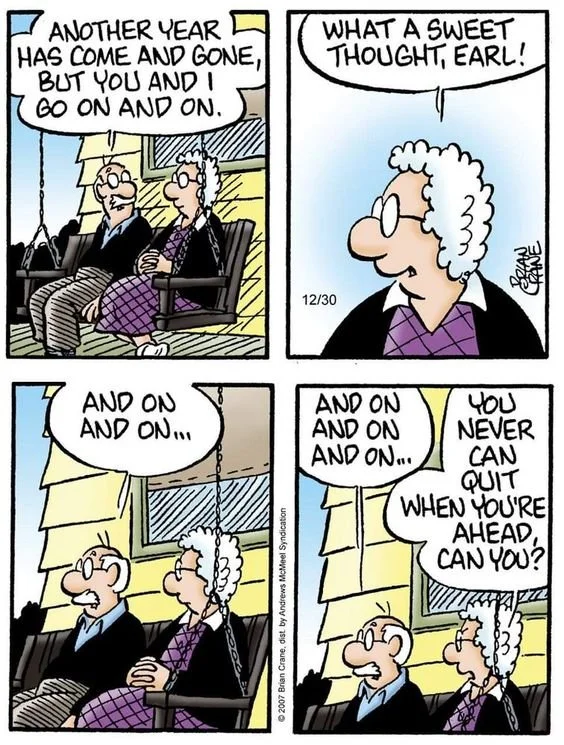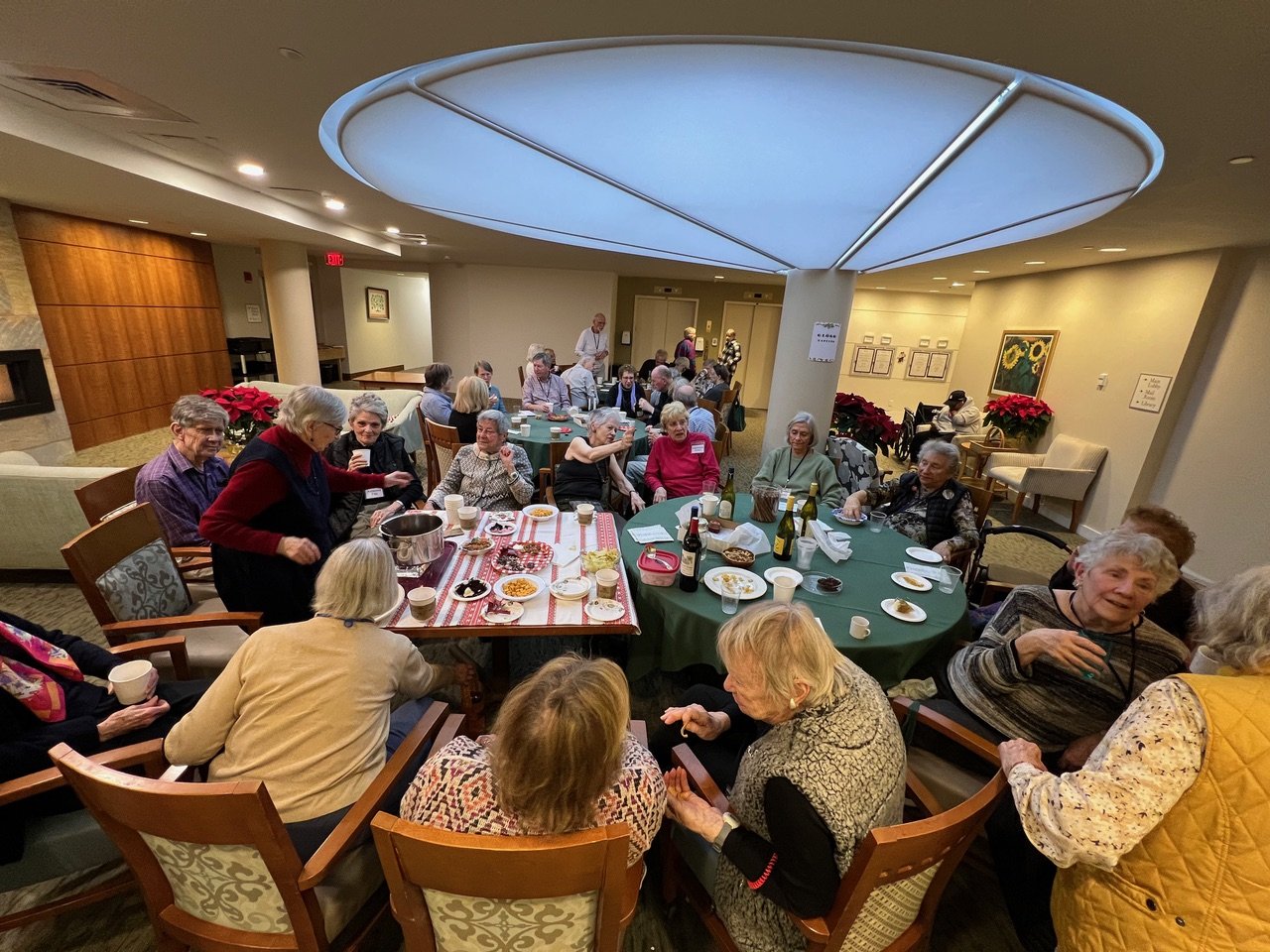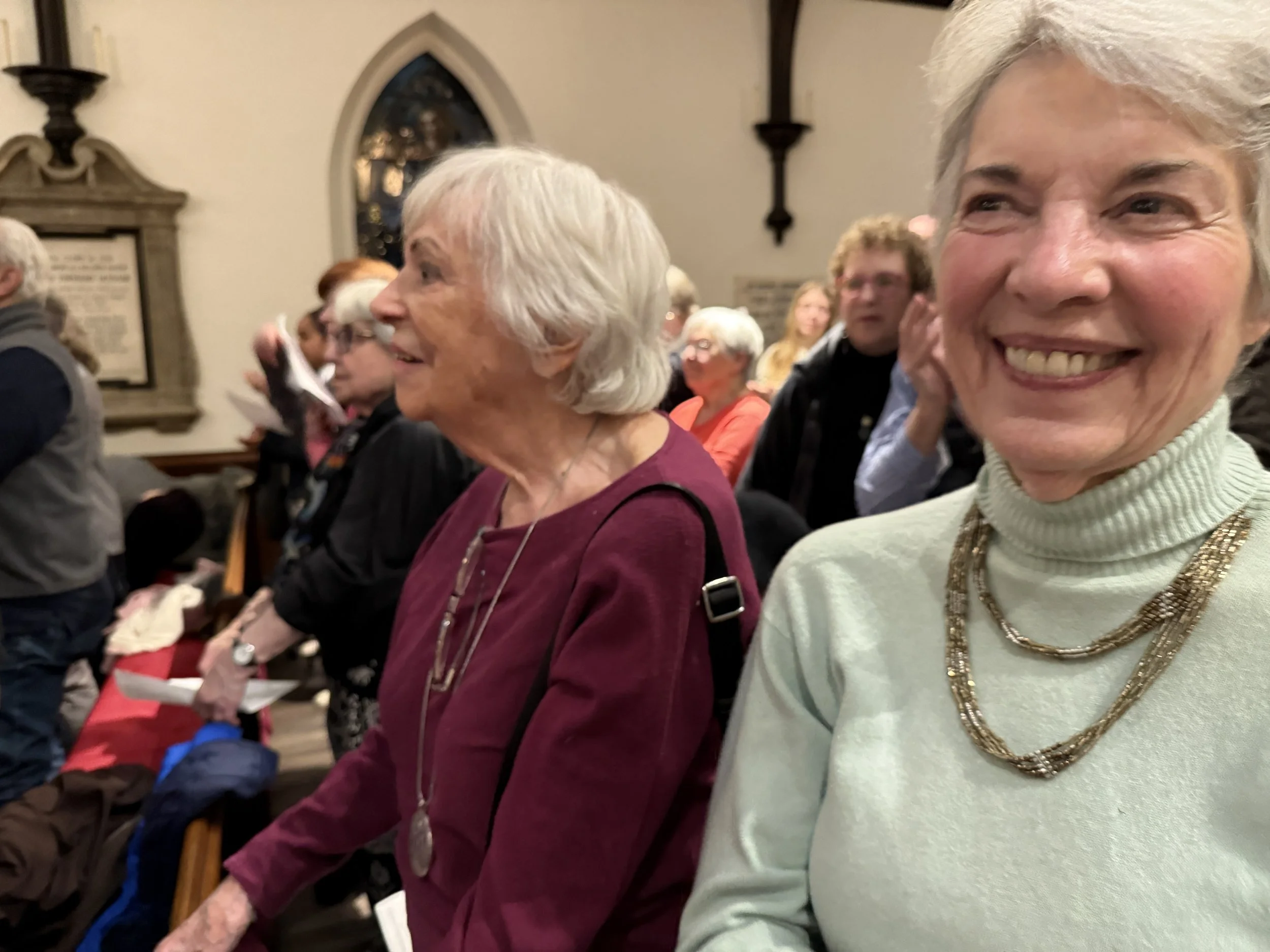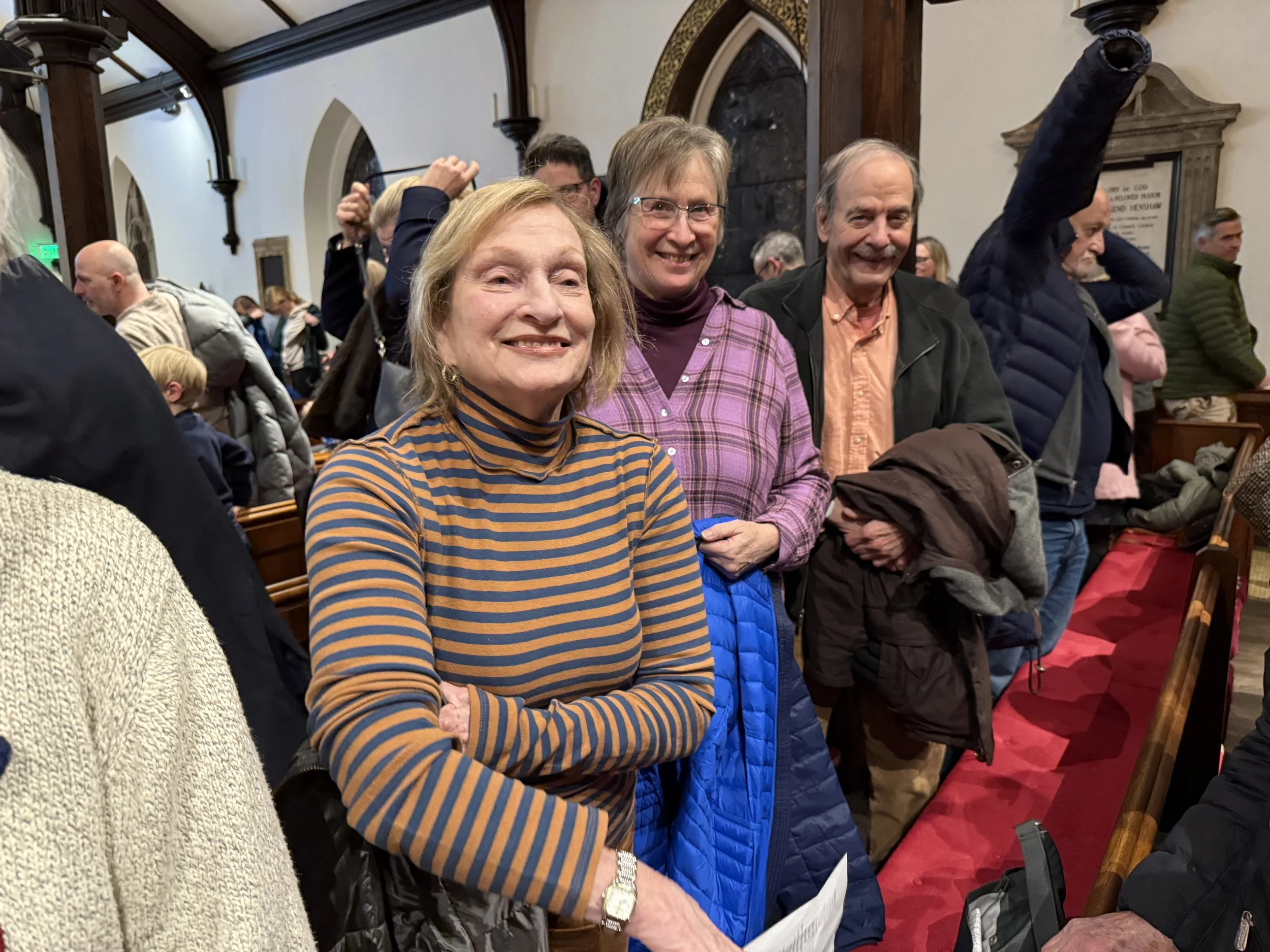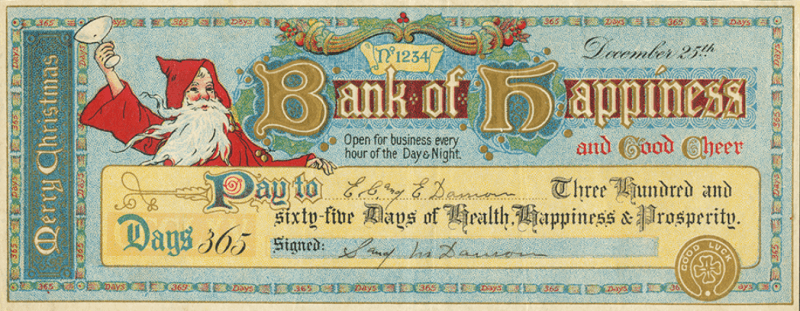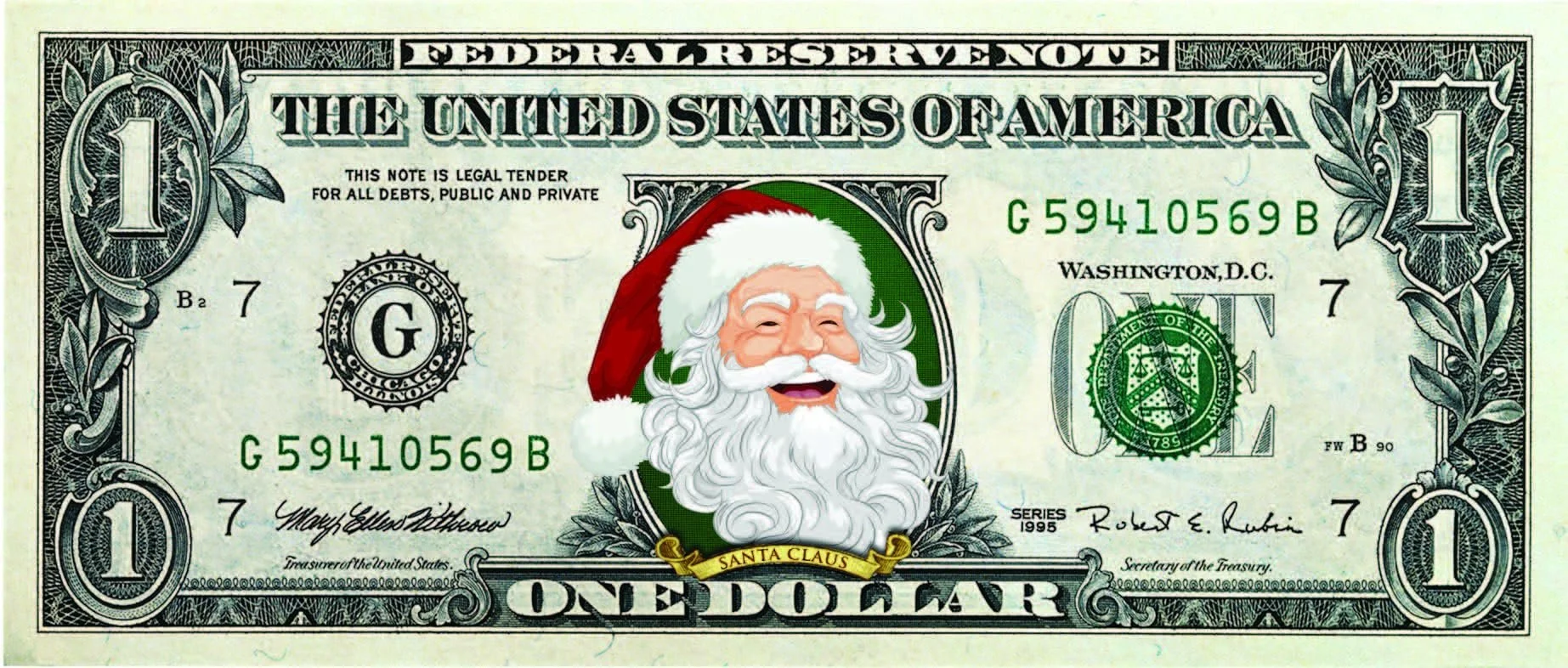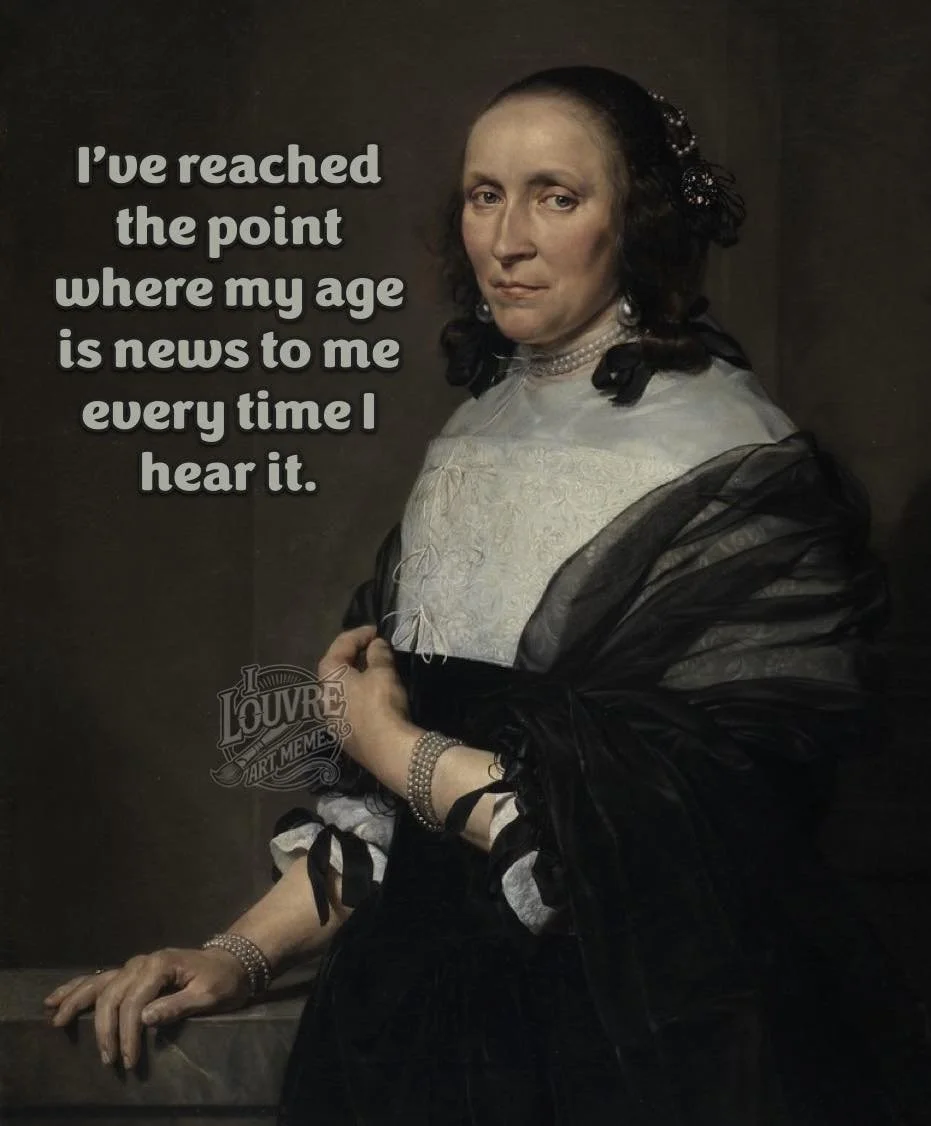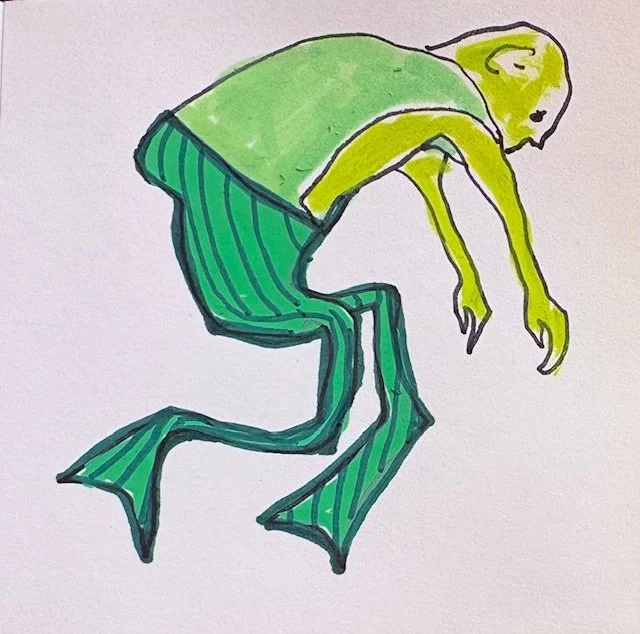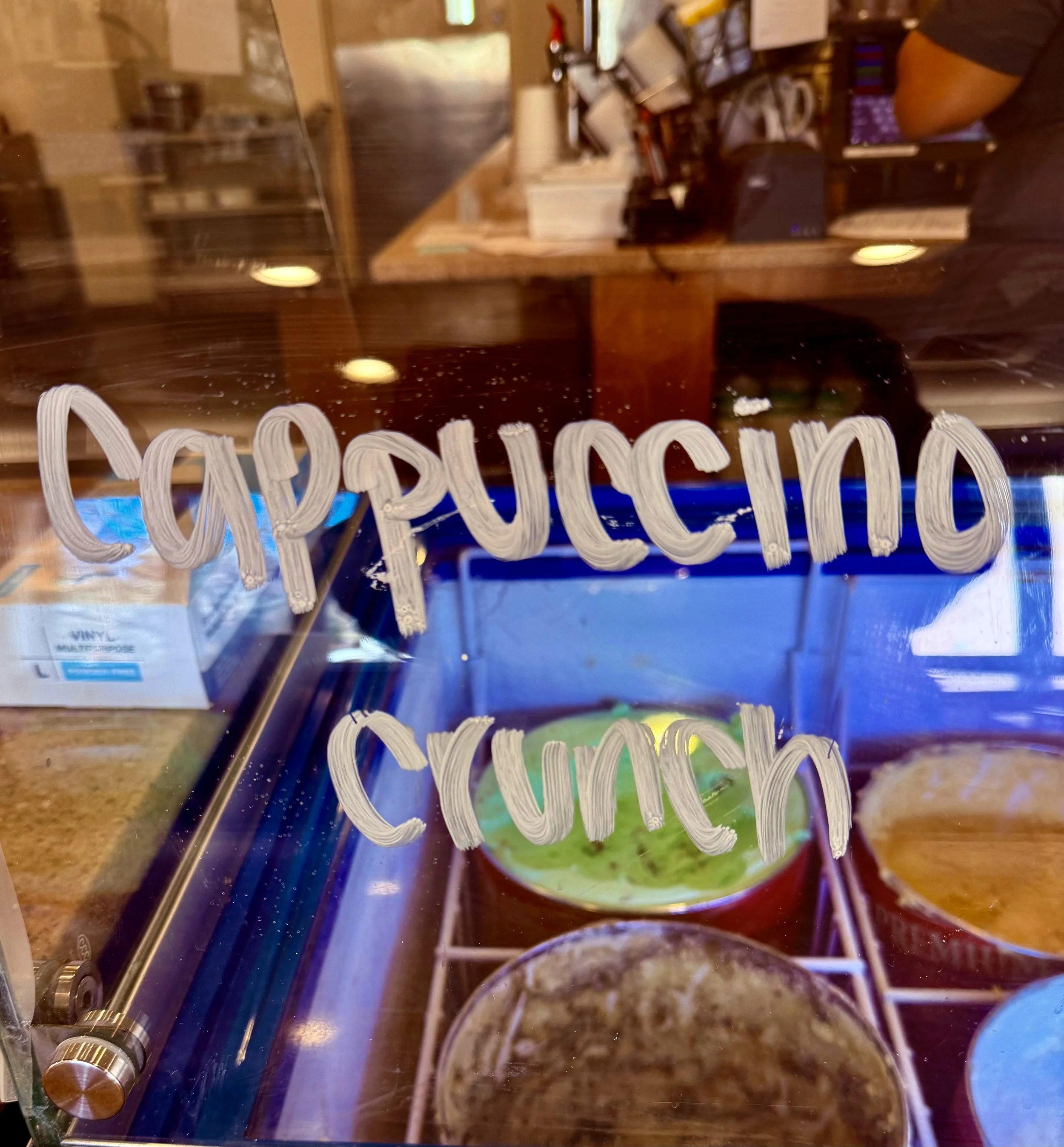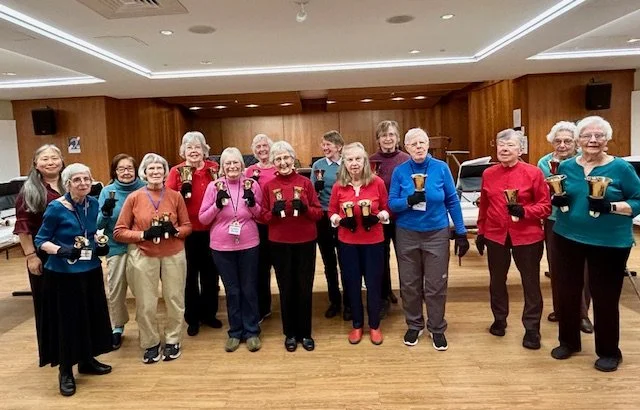The New York State Association for Language Teachers (NYSAFLT) is proud to announce the establishment of the NYSAFLT Harriet S. Barnett Novice Teacher Award, a new statewide honor recognizing outstanding early-career world language educators. The award is named in honor of Harriet S. Barnett, a long-time NYSAFLT leader and internationally respected language-learning advocate who is a resident of Sleepy Hollow.
Inspired by Barnett’s decades of service to students, educators, and the profession, the Harriet S. Barnett Novice Teacher Award recognizes a NYSAFLT member with five or fewer years of teaching experience who demonstrates professional growth, a commitment to teaching all students, engagement in ongoing professional learning, and alignment with NYSAFLT’s Strategic Goals.
What makes this award especially meaningful is the legacy of the educator for whom it is named. Harriet S. Barnett taught in the Dobbs Ferry Primary, Middle, and High Schools for 35 years and has been an active member of NYSAFLT since the 1960s. Over the course of her career, she worked with ACTFL and Manhattanville College, delivered workshops and keynote addresses at regional, national, and international conferences, and was a two-time runner-up for New York State Teacher of the Year. She is also a recipient of multiple honors, including the New York State Excellence in Education Award sponsored by Burger King.
Barnett has served on the boards of NYSAFLT and the New York Chapter of AATSP, chaired national committees, consulted with school districts across the state, and worked closely with the New York State Education Department on curriculum and standards development. Her contributions include writing and reviewing professional publications, serving on state framework writing teams, and co-authoring textbooks, teaching resources, and instructional materials used by world language educators statewide.
Now residing at Kendal on Hudson, Barnett continues to teach Spanish and English to residents and staff and conducts professional workshops for Putnam–Northern Westchester BOCES, reflecting her lifelong commitment to learning and service.
“The creation of this award allows NYSAFLT to honor Harriet Barnett’s extraordinary impact while simultaneously uplifting the next generation of language educators,” said NYSAFLT leadership. “It is especially fitting that the first recipient exemplifies the same dedication to students, growth, and equity that Harriet has modeled throughout her career.”
The NYSAFLT Harriet S. Barnett Novice Teacher Award will be presented annually, ensuring that Barnett’s legacy continues to inspire educators across New York State.
*********
And the august Kendal on Hudson Resident Website says, “Well done, Harriet!”



